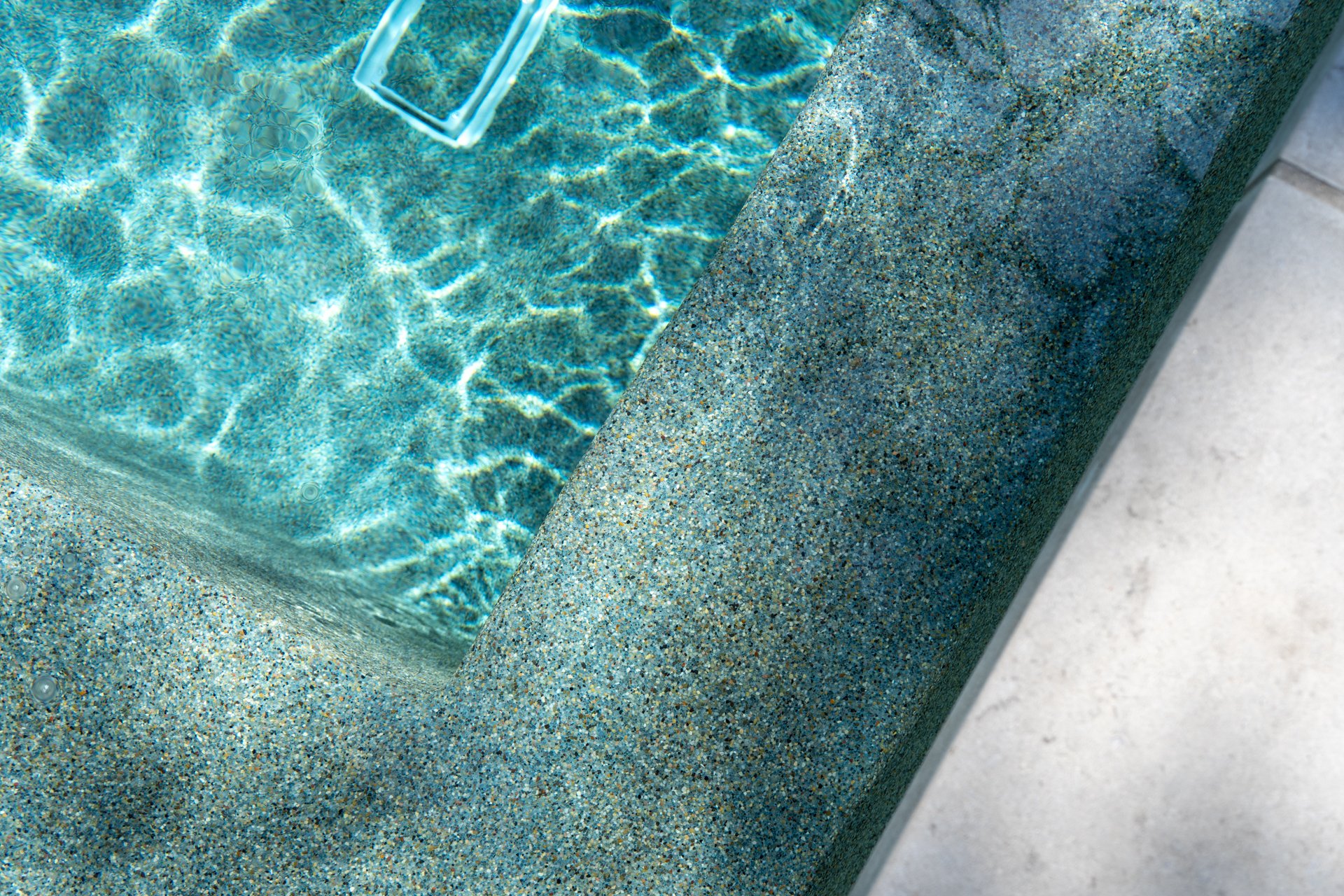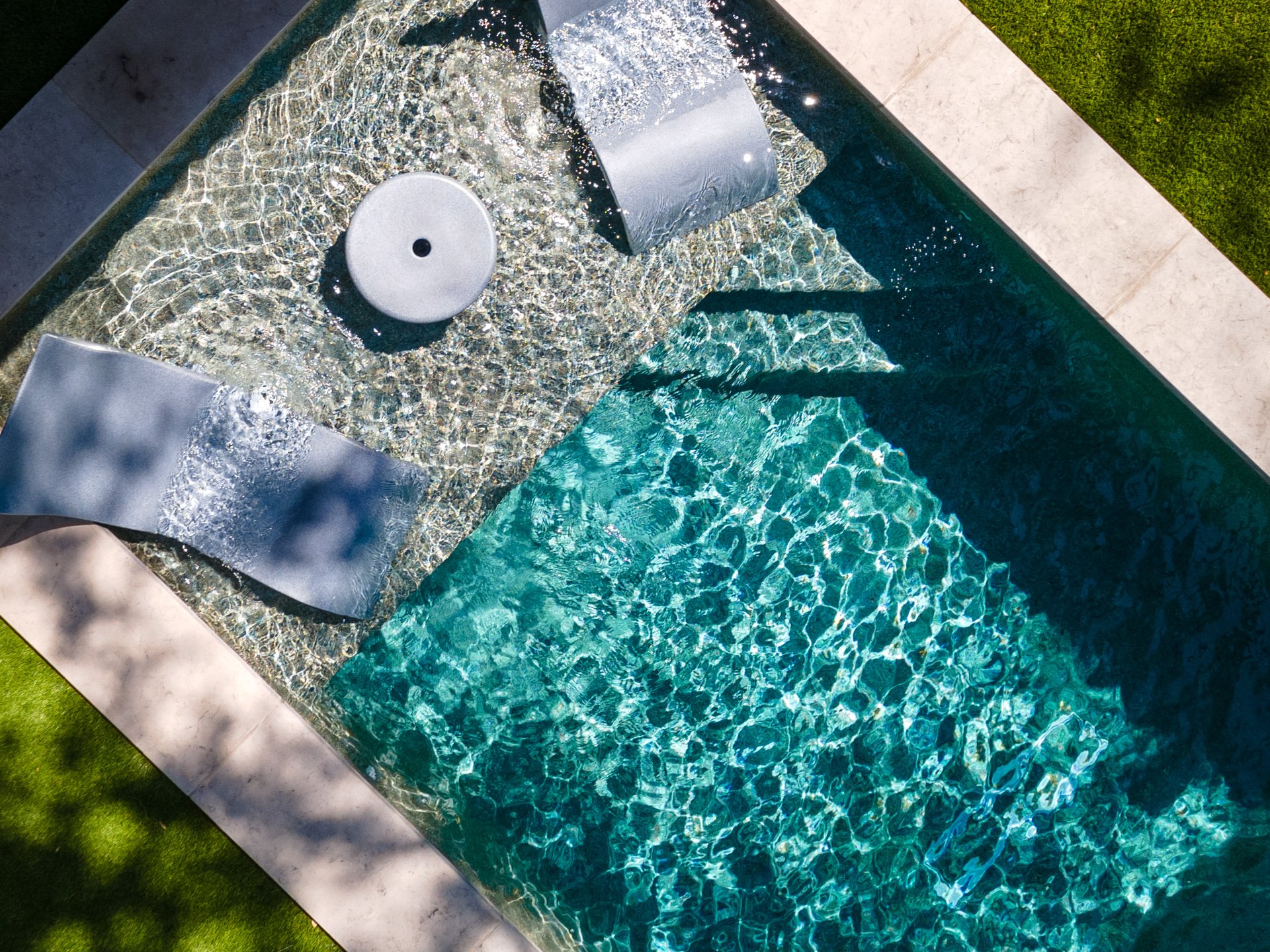Understanding the Importance of Pool Water Balance
Owning a Tiny Pool® is a luxury that brings joy, relaxation, and a perfect spot for gatherings during hot summer days. But to maintain that crystal-clear water, there's more to it than just skimming the surface and running the filter. One of the most crucial aspects of pool maintenance is ensuring that the water is properly balanced. But what exactly does it mean to balance your pool's water, and why is it so important? Let’s dive into the details.
What Does Water Balance Mean?
Balancing your pool’s water refers to maintaining the right levels of chemicals in the water to keep it safe, clean, and comfortable for swimmers. Water balance involves managing several key factors, including pH level, alkalinity, calcium hardness, and chlorine levels. When these components are in harmony, your pool water is considered balanced.
Key Components of Water Balance
pH Level
What It Is: pH measures how acidic or basic your pool water is. The scale ranges from 0 to 14, with 7 being neutral. For pool water, the recommended pH range is between 7.2 and 7.6.
Why It Matters: If the pH is too low (acidic), it can cause skin irritation, corrosion of pool equipment, and damage to pool surfaces. If the pH is too high (basic), it can lead to cloudy water, scaling on pool surfaces, and reduced effectiveness of chlorine.
Alkalinity
What It Is: Total alkalinity is the measure of the water's ability to resist changes in pH. It acts as a buffer to prevent the pH from fluctuating too wildly.
Why It Matters: Proper alkalinity (80-120 ppm) helps stabilize your pool’s pH levels. Low alkalinity can cause pH levels to swing, leading to corrosion or scaling, while high alkalinity can make it difficult to adjust the pH.
Calcium Hardness
What It Is: This refers to the amount of dissolved calcium in your pool water. The ideal range is 200-400 ppm.
Why It Matters: If calcium hardness is too low, the water becomes corrosive, damaging the pool's surface and equipment. If it’s too high, it can lead to scaling, which can make the water cloudy and clog the filtration system.
Chlorine Levels
What It Is: Sanitizers, like chlorine, are chemicals used to kill bacteria, algae, and other contaminants. The ideal chlorine level for most pools is between 1.0 and 3.0 ppm.
Why It Matters: Proper sanitizer levels ensure that the water is free from harmful microorganisms. Low sanitizer levels can lead to algae growth and unsafe swimming conditions, while high levels can cause skin and eye irritation.
Why Is Balancing Your Pool's Water Important?
Health and Safety
Balanced water ensures that your Tiny Pool® is free from harmful bacteria and pathogens that can cause illnesses. It also prevents conditions that can lead to skin and eye irritation.
Comfort
When your pool's water is balanced, it feels better on your skin and eyes. The water is clearer, and there's less risk of that harsh chlorine smell, which is often a sign of chemical imbalance.
Protection of Pool Equipment and Surfaces
Proper water balance prevents corrosion of metal components, staining, scaling, and deterioration of pool surfaces. This means a longer lifespan for your pool and its equipment, saving you money in the long run.
Efficient Use of Chemicals
Balanced water ensures that the chemicals you add to your pool are working effectively. This means you'll use less chemicals over time, which is better for both the environment and your wallet.
How to Maintain Water Balance
Test Regularly
Regular testing is key to maintaining balanced water. Use a reliable pool test kit or test strips to check the levels of pH, alkalinity, calcium hardness, and chlorine.
Adjust as Needed
Based on your test results, adjust the chemical levels accordingly. For pH and alkalinity, you may need to add acids or bases to bring the levels within the ideal range. For calcium hardness, you can adjust by adding calcium chloride if it’s low, or diluting the pool water if it’s high.
Monitor Consistently
Pool water can change due to factors like weather, pool usage, and the addition of fresh water. Consistent monitoring helps you catch and correct imbalances before they become a bigger issue.
Final Thoughts
Balancing your Tiny Pool®’s water is an ongoing process that requires attention and care. However, the benefits— safe swimming conditions, clear water, and longer-lasting pool equipment — make it well worth the effort. By understanding the key components of water balance and maintaining them, you ensure that your Tiny Pool® remains a sparkling, inviting retreat for you and your guests all year long.


